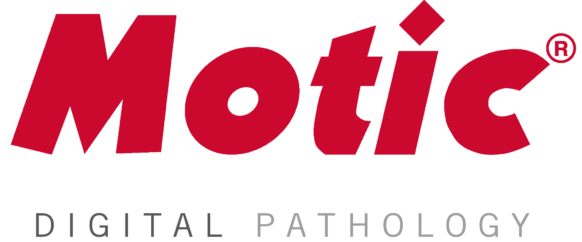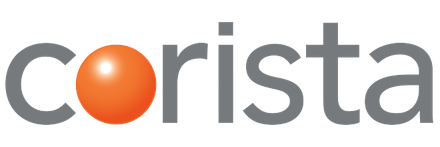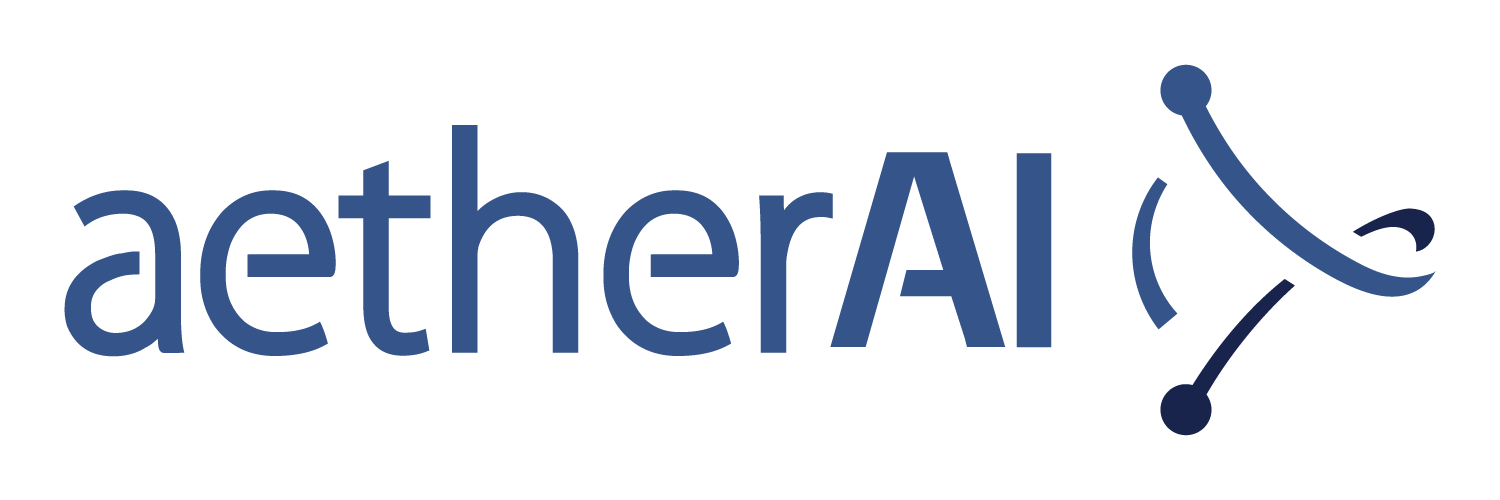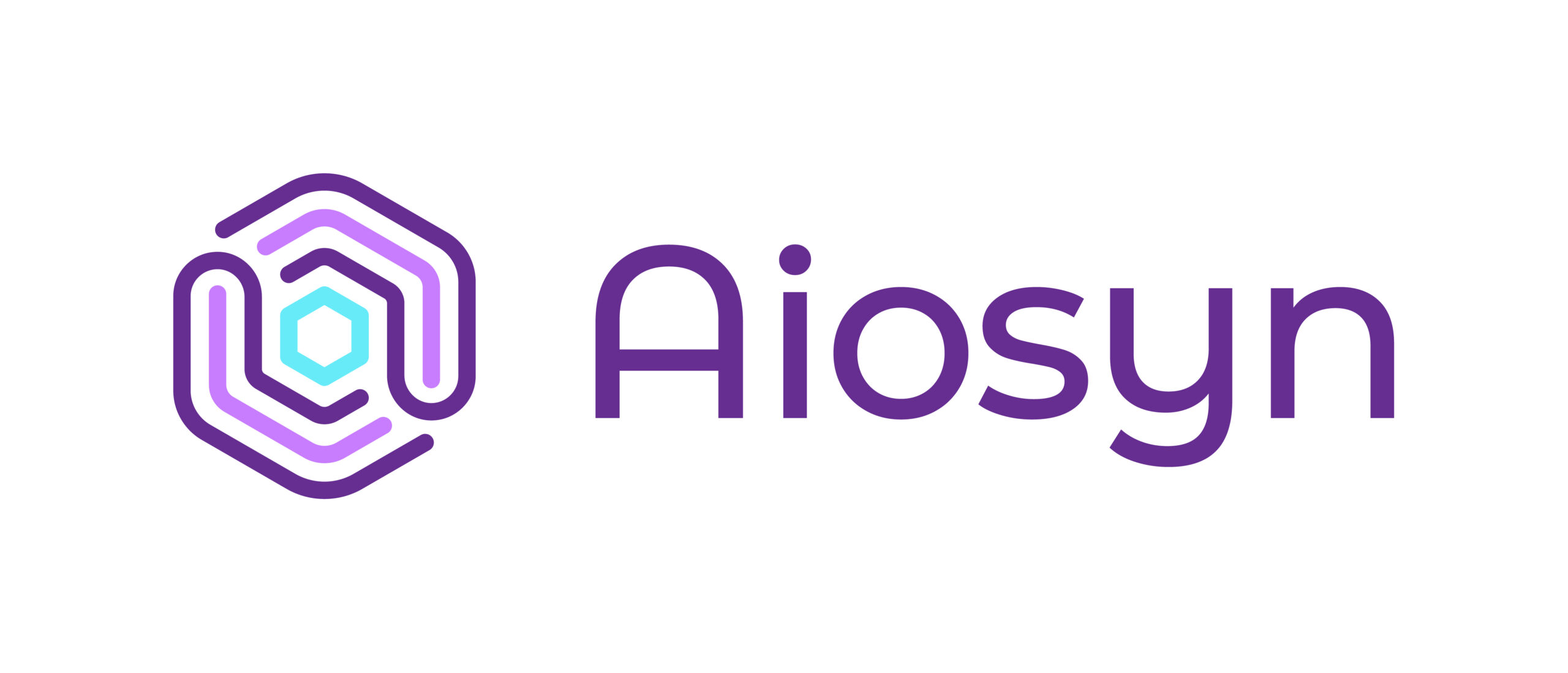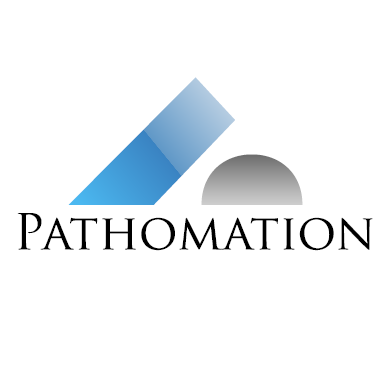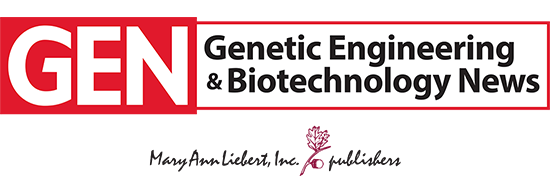Proscia: How to Build AI in Under 2 Hours: Best Practices from Our Digital Pathology & AI Congress Workshop
At this year’s Digital Pathology & AI Congress, I had the privilege of leading a pre-conference workshop with what might have seemed like an ambitious goal: help participants build a real AI application in under two hours, using only basic Python skills and no engineering background.
This wasn’t just a presentation or a demo. It was a fully hands-on session designed to break down barriers and show that building AI is more accessible than many assume, especially at a time when it’s having a bigger impact on pathology than ever before.
And it worked.
Our attendees—scientists, laboratory leaders, and technically curious pathologists—walked through every step of the AI development process: from harmonizing data and generating embeddings to building a zero-shot model and integrating it into a real-world workflow. They didn’t just leave with a prototype. They left with the confidence to keep building and to stay ahead as AI becomes increasingly central to the future of precision medicine.
If you couldn’t join us in person, here’s a look at what we covered, along with three key best practices to guide your own AI journey.
1. AI Readiness Starts with Harmonized Data + Metadata
AI doesn’t begin with modeling. It begins with infrastructure. One of the first points we covered was how often AI efforts stall because of messy or incompatible data.
In pathology, the problem is magnified: whole slide images come in many different formats, metadata is often buried in spreadsheets, and harmonization is an afterthought. But if you want models to work, and to scale, you need to get this part right.
When data is clean and connected, you open the door to faster experimentation, reproducible models, and ultimately more trustworthy results.

Slide presented by Corey Chivers, PhD
2. AI Development Can Be a Team Sport
One of the most energizing realizations during the workshop was that AI development doesn’t have to be the sole domain of machine learning engineers. With the right tools, it becomes a team sport.
Using Concentriq Embeddings and the PLIP vision-language model, participants generated rich image embeddings directly from whole slide images, with no infrastructure setup or specialized hardware required. These embeddings served as the foundation for building a zero-shot classification model, allowing attendees to focus on exploring insights rather than managing complexity.
The workflow made it clear: with intuitive tools and guided notebooks, domain experts like scientists and pathologists can play an active role in AI development. By lowering technical barriers, Concentriq Embeddings empowers more people across the organization to build, experiment, and contribute to algorithms that matter.

Slide presented by Corey Chivers, PhD
3. Powerful APIs Turn Prototypes into Real-World Workflows
Once we had working zero-shot classification models, the next step was integrating them, without reinventing the wheel. Participants saw how easy it is to take the output of a Python notebook and plug it into an existing pathology workflow, using modern interfaces that are already part of Proscia’s Concentriq enterprise pathology platform.
This means AI doesn’t have to live in a sandbox or require a lengthy integration process when built on the platform that already powers laboratories’ routine work.
A Few Hours, A Real Foundation
By the end of the session, everyone left with more than a model. They gained:
- A practical understanding of how foundation models work in pathology.
- Tools they can use to build and iterate (notebooks, APIs, workflow templates).
- A sense of momentum because they’d already done it once.

Participants were able to generate tumor prediction heatmaps from their models
Let’s Keep Building
If you were part of the session, thank you for jumping in with such energy. If you missed it, we’d still love to help you get started. Just reach out to our team. You can also learn more about Concentriq Embeddings here.
Corey Chivers, PhD is Staff AI Scientist at Proscia.
SOURCE: Proscia






